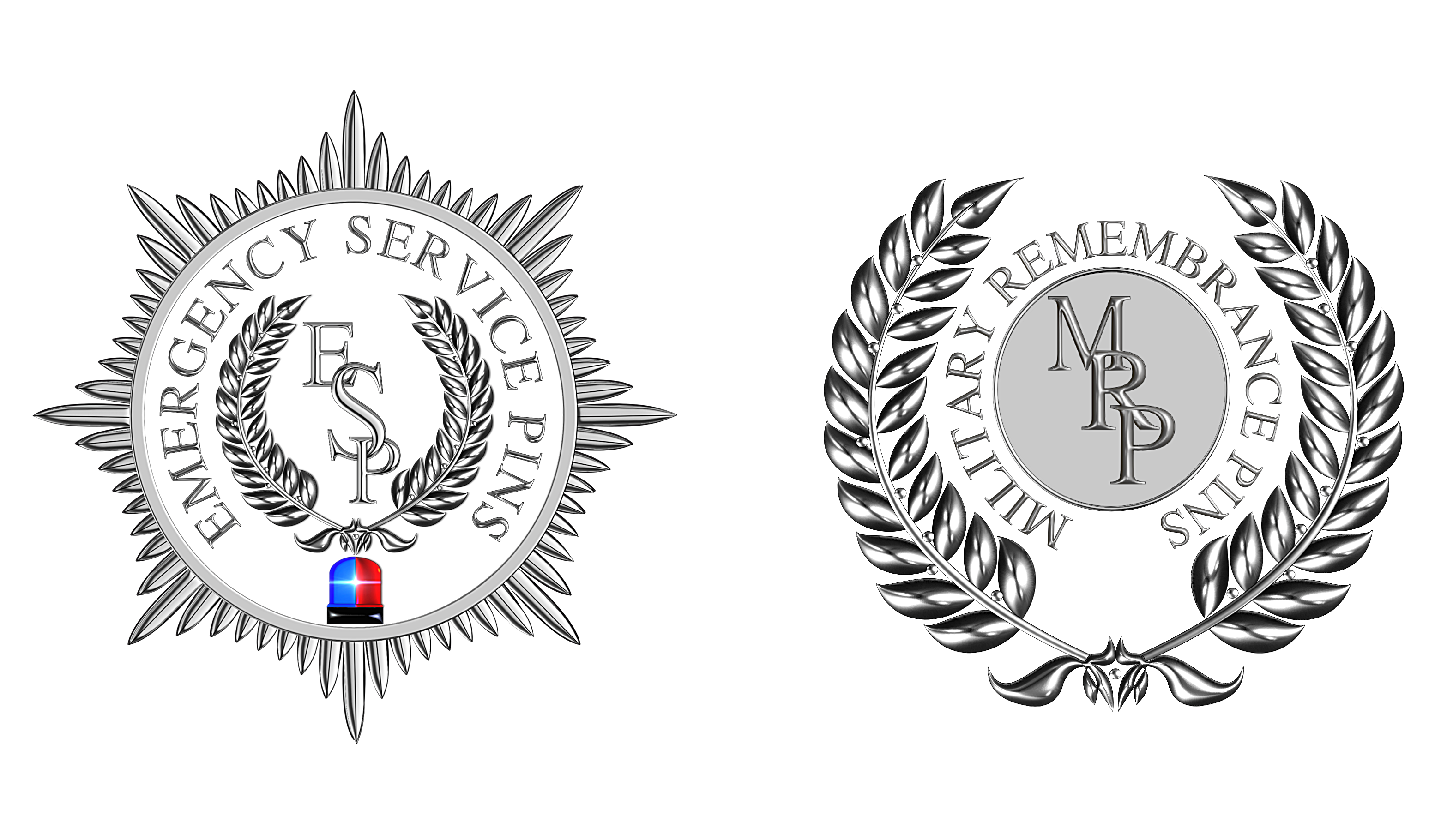HMS Ocelot Royal Navy Remembrance Flower Lapel Pin
Wear this HMS Ocelot Pin with pride at any time of the year not just Remembrance Week.
Made with High quality metals and enamels
2 x Rear metal butterfly pin fasteners.
Size: 35mm
Free UK Postage & Packaging
Worldwide postage will be added at checkout for your country destination. Using the current Royal Mail Standard Delivery Tariffs. Tracked & Signed options are available
Why not purchase a pack of Spring Loaded Chrome Pin Savers, never lose another lapel pin. Very secure. Then keep safe in one of our presentation/storage boxes. (Click On The Images)
HMS Ocelot (S17) was an Oberon-class diesel-electric submarine operated by the Royal Navy.
The Oberon class was a ship class of 27 British-designed submarines operated by five different nations. They were designed as a direct follow-on from the Porpoise class: physical dimensions were the same, but stronger materials were used in hull construction, and updated equipment was fitted.
The submarines were built between 1957 and 1978 by four shipyards: Cammell Laird (4), Chatham Dockyard (6), Scotts Shipbuilding and Engineering Company (11) and Vickers-Armstrongs (6). Thirteen of the submarines were operated by the Royal Navy, six by the Royal Australian Navy, three by the Brazilian Navy, three by the Royal Canadian Navy/Canadian Forces Maritime Command (plus two ex-Royal Navy boats later acquired for non-commissioned roles), and two by the Chilean Navy.
The Oberons operated during the height of the Cold War, with duties including surveillance, tracking of other ships and submarines, delivery and retrieval of special forces personnel, and serving as targets for anti-submarine training. Submarines of the class were in service until 2000. As of 2015, eight of the submarines are preserved intact as museum vessels, another three are partially preserved (with some exterior portions of the submarine on display), and one is in private ownership and awaiting conversion for display. The rest have been sold for scrap, including one former museum vessel.





